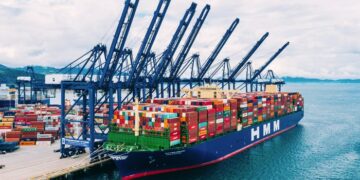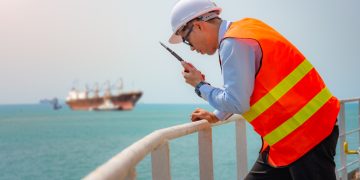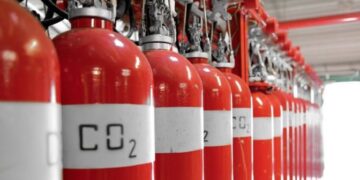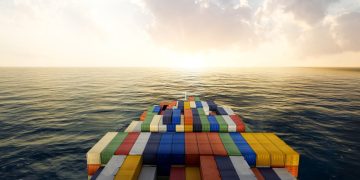Fire prevention in engine rooms
The Gard P&I Club- Loss Prevention No2-12 Every year fires on board ships lead to loss of lives and severe damage to the ships themselves. The majority of fires on board ships originate in the engine room and failure in a flammable oil system followed by impingement of oil onto a high temperature surface is the leading cause of engine room fires. In addition, many engine room fires have an electrical source, such as electrical short-circuits and thermal overheating in the switchboards.Identification and protection of high temperature surfaces in the engine room is considered to be a very effective measure to prevent engine room fires and is also fairly easy to implement on board. The purpose of this circular is therefore to increase awareness of the potential dangers associated with exposed high temperature surfaces in engine rooms.The existing regulatory requirements have been highlighted to focus attention on companies' responsibility to ensure that the engine room systems are maintained in a safe condition and in compliance with relevant regulatory requirements at all times during operations. Rules and regulations The IMO Safety of Life at Sea (SOLAS) Convention provides the key regulatory framework for fire safety on board ships and Ch.II-2/Reg.4 covers ...
Read more



















































